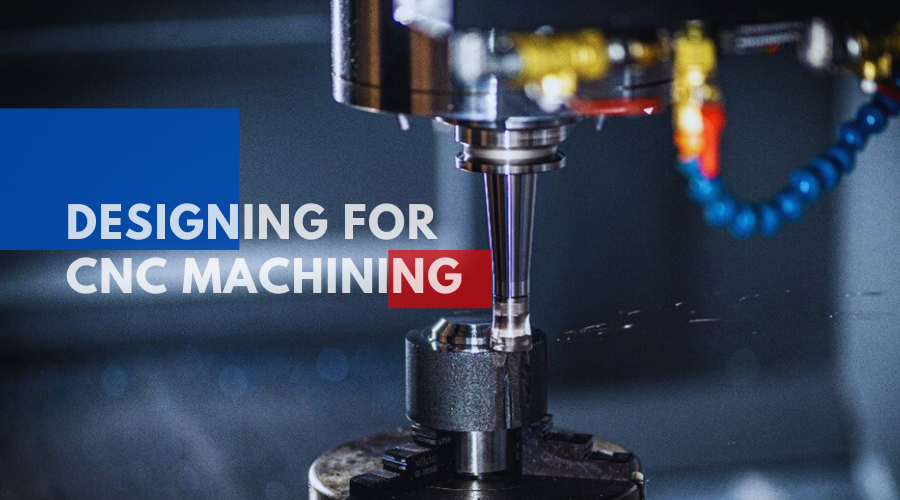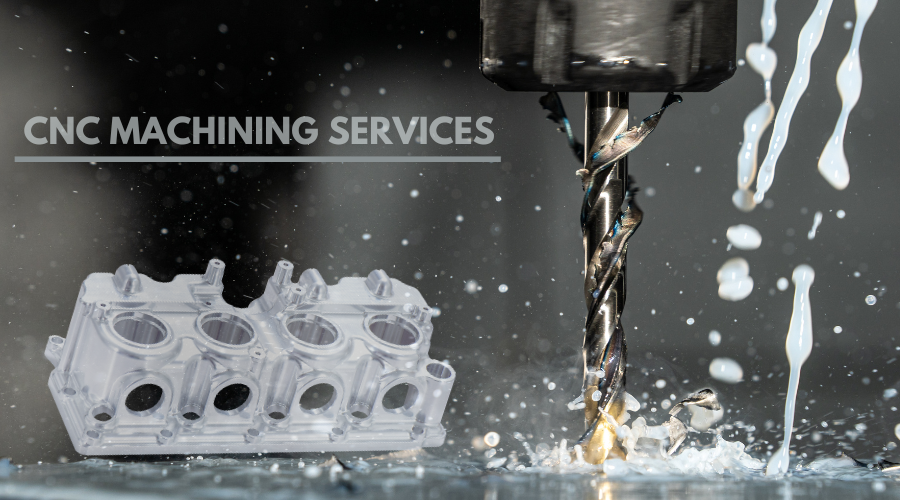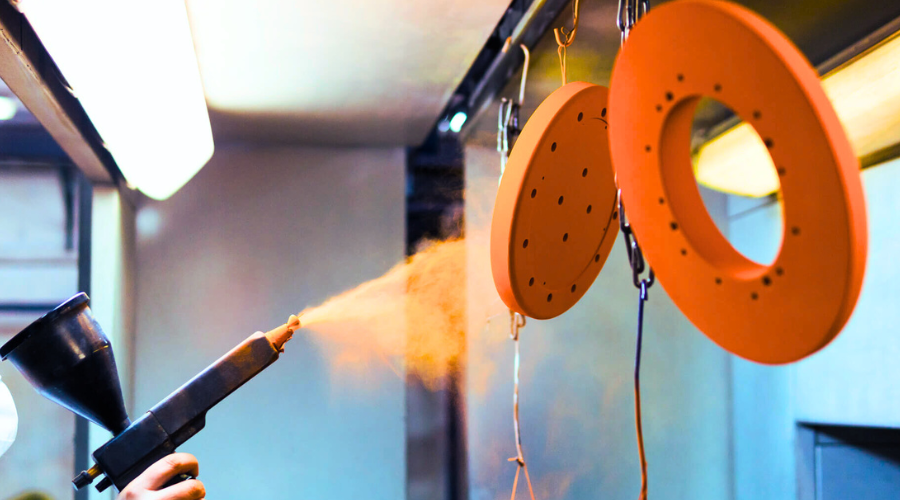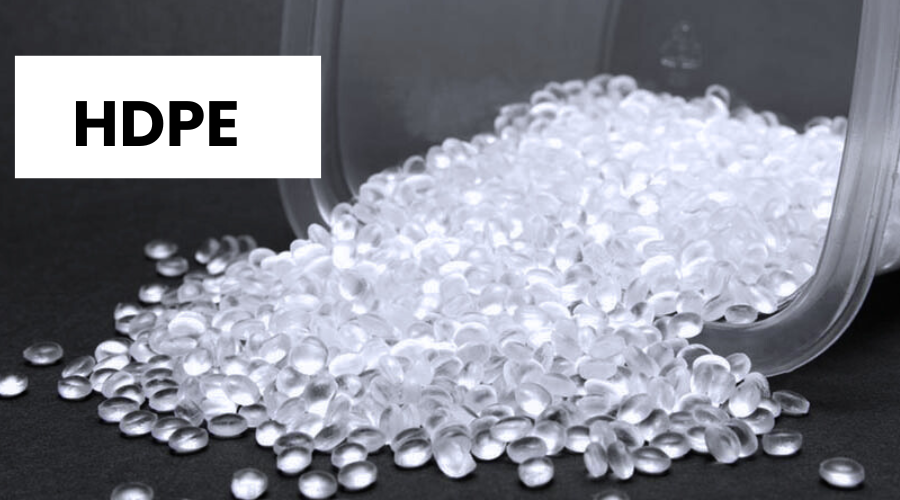In the realm of modern manufacturing, CNC machining stands out as a versatile and precise method for creating complex parts with exceptional accuracy. However, achieving the best results from CNC machining involves more than just programming the right toolpaths. The foundation for success lies in designing parts that are inherently well-suited for the machining process. In this article, we’ll delve into the key guidelines and design principles for creating parts that optimize manufacturability through CNC machining.

1. Start with Clear Objectives
Before embarking on the design process, define your project’s requirements. Consider factors like functionality, material choice, production volume, and budget. Having a clear understanding of your objectives will guide your design decisions.
2. Material Selection
Different materials behave differently during machining. Consider the mechanical properties, workability, and cost of various materials. Opt for materials that are compatible with CNC machining processes and readily available.
3. Keep It Simple
Simplicity is often a virtue in CNC machining. Complex geometries can increase machining time, tool wear, and the likelihood of errors. Aim for streamlined designs that maintain functionality while minimizing unnecessary intricacies.
4. Tolerances and Fits
Define appropriate tolerances based on the part’s function and manufacturing capabilities. Consults with your CNC machinist to understand the machine’s accuracy and limitations. Use standard fits and tolerances to ensure proper assembly.
5. Design for Machinability
Certain features, like sharp internal corners and deep cavities, can be challenging to machine accurately. Design parts with features that are easily accessible to cutting tools and avoid tight corners that may cause tool breakage.
6. Minimize Undercuts
Undercuts can complicate the machining process, especially in multi-axis operations. Whenever possible, design parts with accessible features that allow tools to reach all required surfaces without interference.

7. Radii and Fillets
Incorporate radii and fillets wherever possible. These rounded edges not only improve aesthetics but also reduce stress concentrations and tool wear. Avoid sharp corners that can be difficult to machine accurately.
8. Orientation and Fixturing
Consider how the part will be held in the CNC machine during machining. Design features that can be easily fixtured to ensure stable and accurate machining operations. This might involve adding flat surfaces or datum points.
9. Wall Thickness
Maintain consistent wall thickness to prevent warping, distortion, or excessive material removal. Varying wall thicknesses can lead to uneven machining and compromise the structural integrity of the part.
10. Wall Thickness
Maintain consistent wall thickness to prevent warping, distortion, or excessive material removal. Varying wall thicknesses can lead to uneven machining and compromise the structural integrity of the part.
11. Prototype and Iterate
prototyping allows you to test your design and identify potential issues before committing to full-scale production. Use prototypes to assess fit, function, and manufacturability.
12. Collaboration with Machinists
Collaboration with your CNC machinist is crucial. They can provide valuable insights into the machining process, suggest optimizations, and help you refine your design for the best results.
Wrapping up
In conclusion, designing for CNC machining requires a balance between functional requirements, manufacturability, and design aesthetics. By following these guidelines and principles, you can create parts that not only easier to machine but also exhibit higher accuracy and better overall performance. Remember that collaboration between designers and machinists is key to achieving the most efficient and effective CNC machining outcomes.
When it comes to choosing a partner for CNC machining, HordRT’s track record, expertise, and customer-centric approach set them apart. By selecting HordRT, you’re nor only investing in machining services but also ensuring that your designs come to life with impeccable accuracy and quality. Make the wise choice for your CNC machining needs——choose HordRT and experience the difference for yourself. Your projects deserve nothing less than the best, and HordRT delivers just that. So just contact us!
-q4gvl4k29y4hq8j9rjpapvj0ft06fje63olt7p210i.png)


